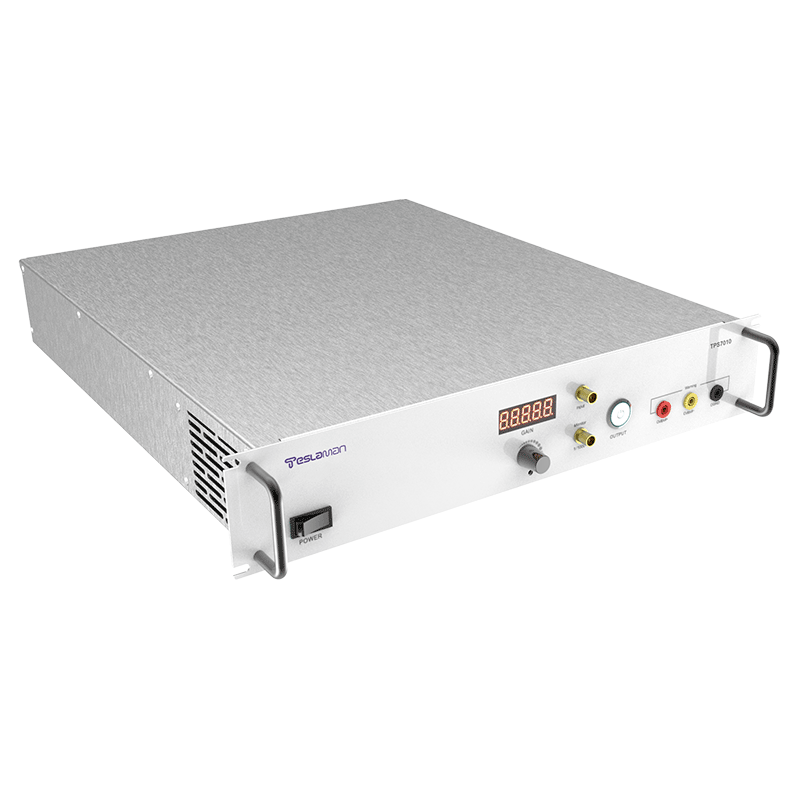High-Voltage Power Supply for Elemental Analyzers: Lowering Trace Detection Limits and Enhancing Anti-Interference Measures
Elemental analyzers are critical in environmental monitoring, materials science, and biochemical testing, where the detection of trace elements requires extremely high sensitivity and stability. The high-voltage power supply plays a decisive role in excitation precision, signal integrity, and system interference suppression. Its voltage stability, ripple characteristics, and electromagnetic compatibility determine the analyzer’s ability to differentiate weak spectral or ionization signals from background noise.
To lower detection limits, the primary requirement is minimizing electrical noise and ensuring linear voltage output. Advanced high-voltage converters employing multi-stage filtering and active regulation can achieve voltage ripple levels below 10 microvolts. A digital feedback loop dynamically compensates for fluctuations caused by load or temperature variations, maintaining output stability within 0.001%. This allows highly consistent plasma or discharge excitation, enhancing spectral signal-to-noise ratios.
Electromagnetic interference suppression is equally vital. Multi-layer shielding structures and low-noise circuit topologies isolate the high-voltage section from the control electronics. Optical isolation and differential signal transmission eliminate ground loops and common-mode interference. The use of synchronous rectification and soft-switching technology reduces electromagnetic emissions from the power conversion stage.
An embedded digital signal processor (DSP) can monitor spectral stability in real time. By analyzing output frequency components, it detects external interference sources and dynamically tunes filter parameters or modulation frequencies to minimize noise coupling. Furthermore, adaptive temperature and humidity compensation maintains output precision under fluctuating environmental conditions. These measures significantly reduce baseline drift and allow stable operation under trace-level detection, pushing detection limits to sub-ppb levels while ensuring consistent analytical accuracy.




















